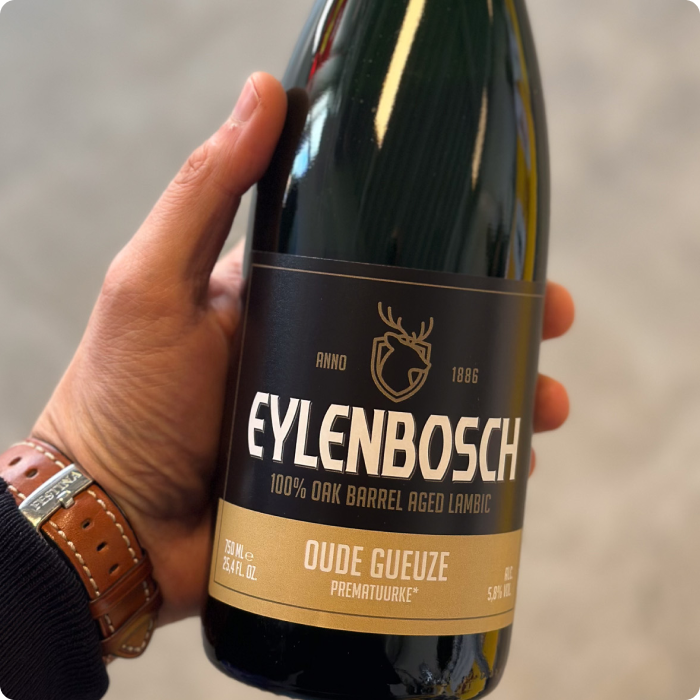The brewing process of lambic is quite different from that of our Patience beers. When brewing top-fermenting beers, the brewer wants to deliver the same product over and over again. It is therefore important to work as sterile as possible and let only one, specifically selected yeast determine the flavor.
With spontaneous fermentation beers, nature plays a massively important role. The complex and diverse mix of yeasts and bacteria present in the brewing room and environment will make it a complex and sour beer. Each brew will taste different. Not everyone is allowed to call their spontaneously fermented beer Oude Gueuze, Oude Kriek or Oude Lambiek. There are strict rules attached to this. Those who respect these are allowed to put the European GTS label on their bottles. Some important rules:











